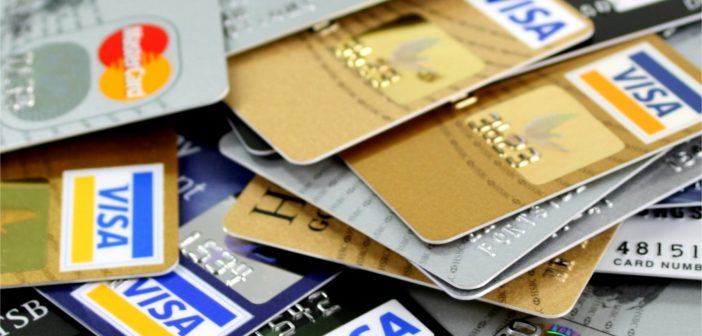India’s digital revolution has brought undeniable convenience, but it’s also opened a treasure trove for cybercriminals. With millions adopting online payments and a reliance on digital infrastructure, credit card users have become prime targets for hackers. Understanding their tactics is crucial to safeguarding your financial information.
Phishing: The Cast and Bait of Fraud
The most common attack method is phishing. Hackers mimic legitimate entities, like banks or e-commerce platforms, sending emails or SMS with deceptive links. Clicking them leads to fake websites designed to steal your credit card details, login credentials, or one-time passwords (OTPs). These websites often look authentic, using logos and familiar layouts to lull victims into a false sense of security.
Data Breaches: The Unseen Threat
Data breaches are another major concern. In 2023, India saw numerous high-profile incidents involving e-commerce platforms, food delivery apps, and even government databases. Hackers exploit vulnerabilities in these systems to access sensitive information like credit card numbers and CVVs, which can then be sold on the dark web or used directly for fraudulent transactions.
Social Engineering: The Human Factor
Hackers often target the human element. They use social engineering tactics like pretext calls or “vishing” (voice phishing) to trick victims into divulging sensitive information. They may pose as customer service representatives, offering “help” with resolving fake issues. Alternatively, they might exploit emotional vulnerabilities, creating fake sob stories to manipulate victims into sharing financial details.
Mobile Malware: The Silent Thief
Mobile malware poses a growing threat. Hackers target smartphones with malicious apps disguised as legitimate games, utilities, or even banking apps. These apps can steal credit card information directly, intercept SMS containing OTPs, or silently transmit data to remote servers.
Emerging Threats: The Evolving Landscape
New attack methods are constantly emerging. Deepfakes, for instance, can be used to create realistic impersonations of bank officials, making phishing attempts even more convincing. Additionally, attacks leveraging Artificial Intelligence (AI) to automate tasks and personalize social engineering tactics are a growing concern.
Protecting Yourself: Fight Back Against Fraud
Fortunately, you can take steps to shield yourself:
- Be wary of unsolicited emails and SMS: Never click on suspicious links or attachments. Verify the sender’s legitimacy directly with the organization they claim to represent.
- Enable two-factor authentication (2FA): This adds an extra layer of security by requiring an additional code, usually received via SMS or an authenticator app, on top of your password.
- Use strong and unique passwords: Avoid using the same password for multiple accounts and opt for complex combinations of letters, numbers, and symbols. Consider password managers for better management.
- Beware of public Wi-Fi: Avoid making financial transactions on unsecured networks. Use a VPN for added protection when on public Wi-Fi.
- Keep software and apps updated: Regularly update your operating system, apps, and antivirus software to patch security vulnerabilities.
- Monitor your credit card statements: Regularly review your statements for any suspicious activity and report them immediately to your bank.
- Educate yourself: Stay informed about the latest cyber threats and educate yourself on best practices for online security.
India’s Response: Building a Safer Digital Space
The Indian government and financial institutions are taking steps to address cyber threats. Initiatives like the National Payments Corporation of India’s (NPCI) focus on secure payment systems and awareness campaigns. However, individual vigilance remains crucial.
India’s digital landscape presents both opportunities and challenges. By understanding how hackers operate and adopting proactive security measures, you can protect your credit card information and navigate the digital world with confidence. Remember, vigilance is your best defense against cybercrime. Stay informed, stay cautious, and swipe with peace of mind.






